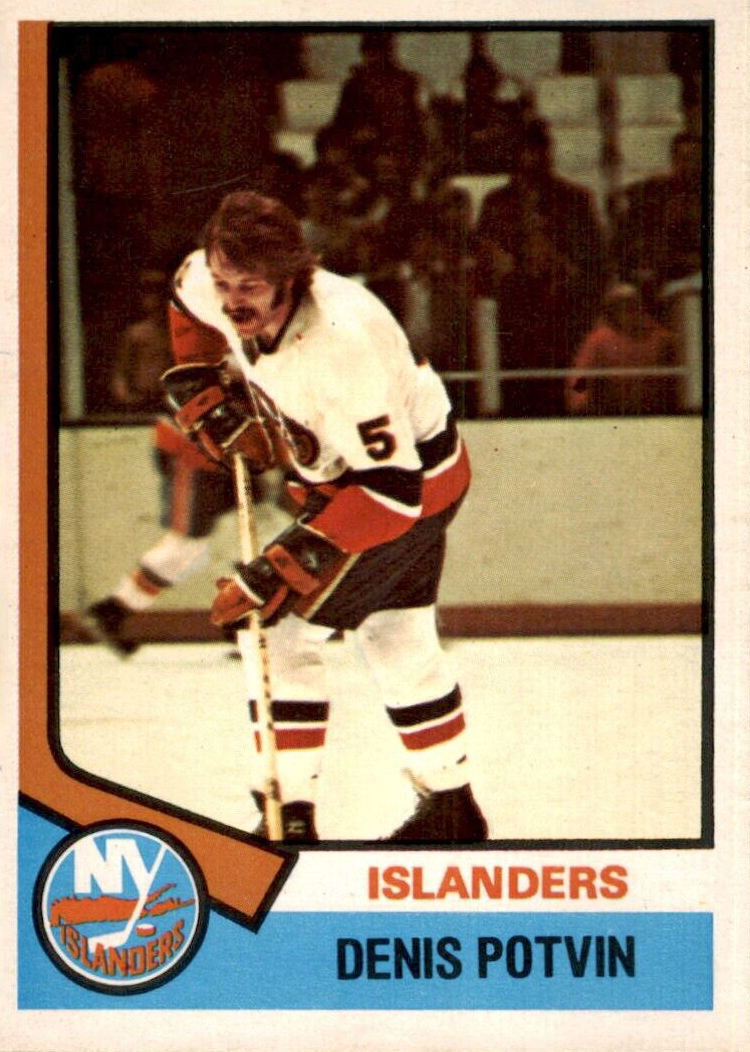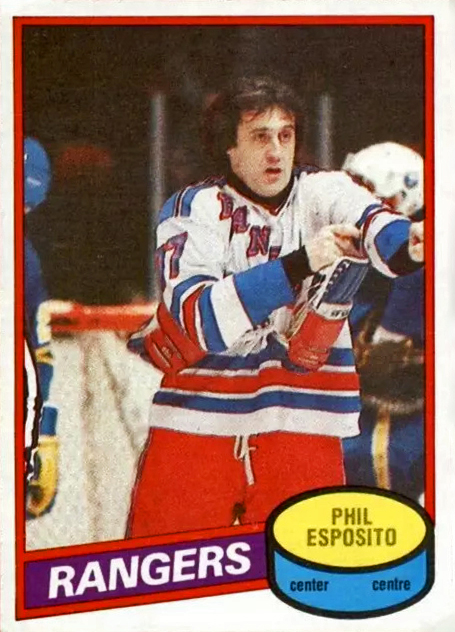Few hockey stories from the 1960s are as chaotic and entertaining as Rod Seiling’s unbelievable hour during the 1967 NHL Expansion Draft. The back of his 1969-70 O-Pee-Chee hockey card hints at the madness: “In 1967, Seiling was dealt from New York to St. Louis to New York in less than 1 hour.” It wasn’t exactly a trade the first time, but the card’s spirit wasn’t wrong, his rights did a full round-trip.
During the expansion draft, the St. Louis Blues selected Seiling from the New York Rangers with the 36th pick. Moments later, before he even had time to think about packing a bag, St. Louis shipped him right back to the Rangers in a multi-player deal involving Tim Ecclestone, Bob Plager, Gary Sabourin, and Gord Kannegiesser. For Seiling, it meant his tenure as a Blues player lasted only minutes, maybe even seconds.
Seiling had originally joined the Rangers in February 1964 as part of a blockbuster Toronto–New York trade that sent him, Arnie Brown, Bill Collins, Dick Duff, and Bob Nevin to Manhattan in exchange for Andy Bathgate and Don McKenney. He became a steady presence on the Rangers blue line until the 1974-75 season, when he was waived four games in and claimed by the Washington Capitals.
That’s where the story takes another twist. Washington traded Seiling almost immediately, after he played just one game, for none other than Tim Ecclestone, one of the very players St. Louis had once moved to reacquire Seiling in 1967. The deal sent Seiling back to his original NHL home, the Toronto Maple Leafs.
After two seasons in Toronto, Seiling finally did what the 1967 expansion draft almost made happen: he joined the St. Louis Blues, where he spent two solid seasons and closed the loop on a hockey journey nearly a decade in the making.
About Rod Seiling
Rod Seiling played 979 regular season and 77 playoff games in the National Hockey League between 1962-63 and 1978-79 with the Toronto Maple Leafs, New York Rangers, Washington Capitals, St. Louis Blues and Atlanta Flames. The low-scoring defenseman topped out with a nine goal season in 1972-73 with the Rangers.





















